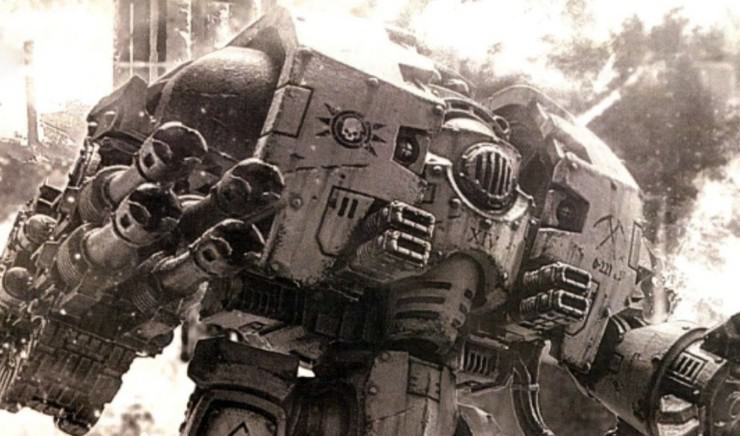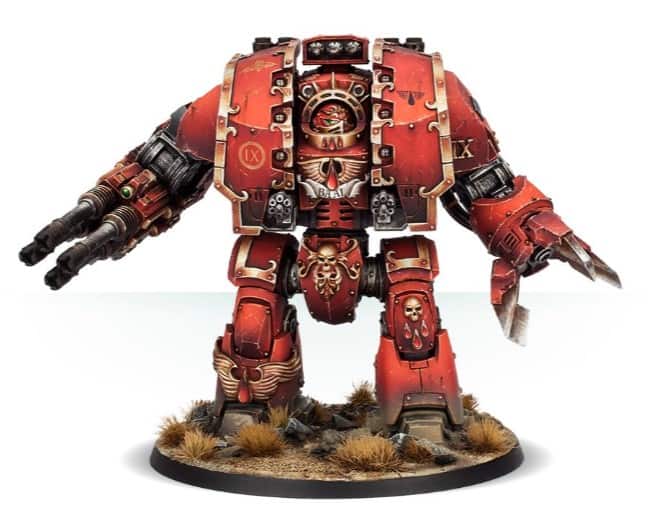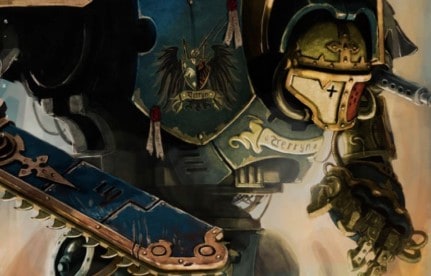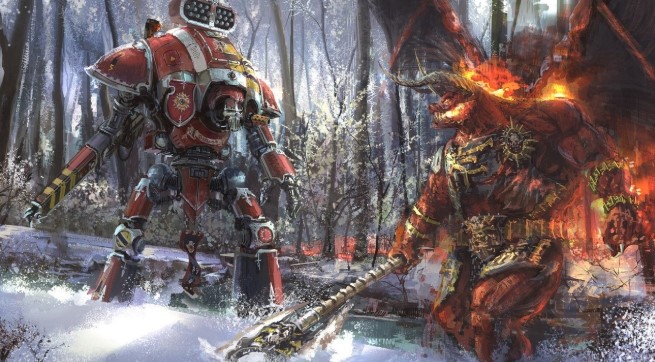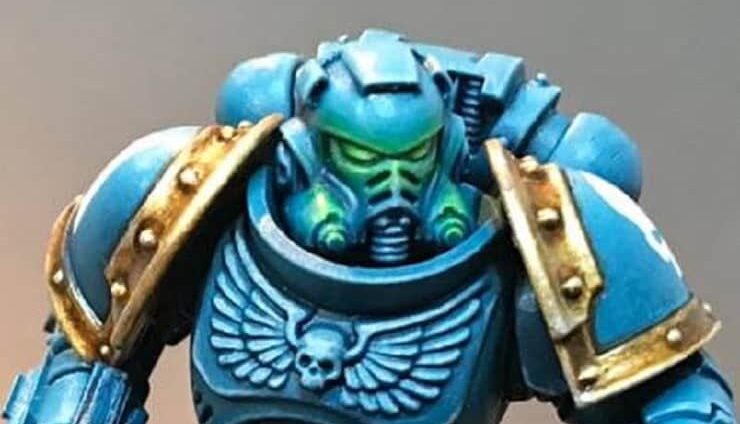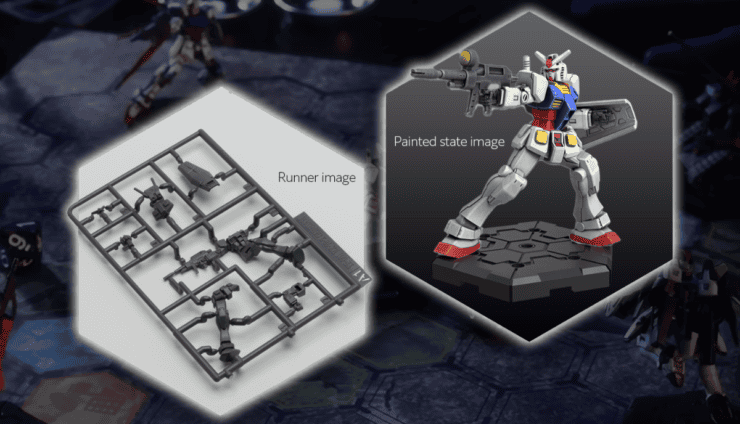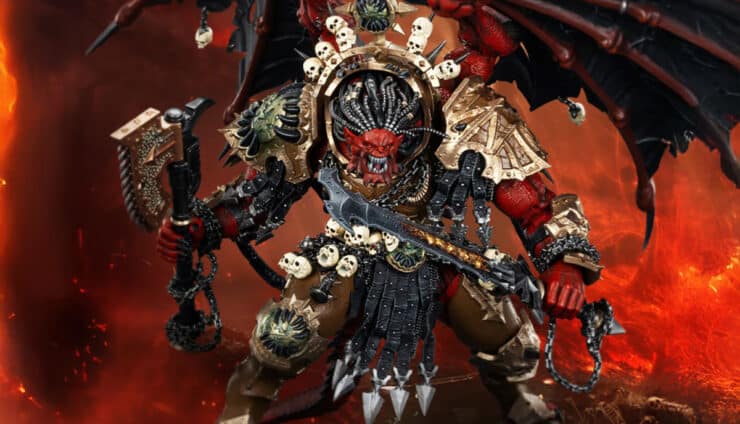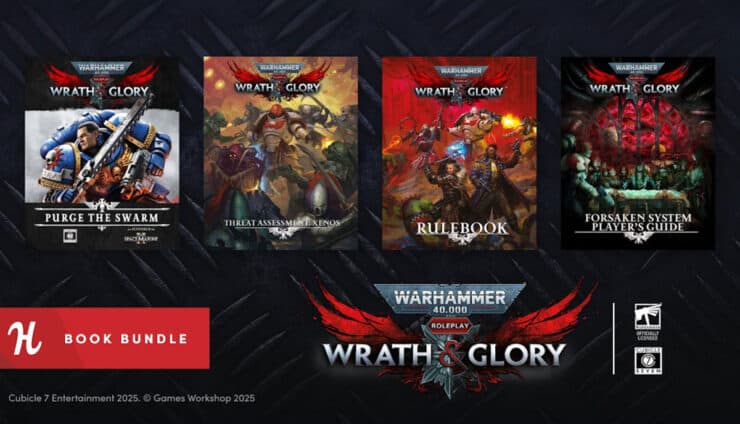Which is better? Every Warhammer 40k Army list needs a stubborn heavy-hitter. Some people use Leviathans and others use Imperial Knights.
Ever wonder if it was better to run a Leviathan or a Knight? We’ll be taking a look at the Pros and Cons to both as well as some tricks to have up your sleeve. Check it out.
Ins & Outs of the Leviathan
First off, why would you take a Leviathan? It may not be the fastest unit in the game, but it’s a cheaper T8 walker that can dish out enough damage to cripple a Knight by itself in a single turn. Leviathans are a fantastic damage lynchpin that can hold up to a decent amount of hate, thanks to the high Toughness and 4++ invulnerable save.
All of the weapon options you give the Leviathan are designed for brutal anti-armor punishment. Whether you give it a 2D3 shot long-range melta, a flat 5 Damage grav-flux bombard, or a hailstorm of super autocannon shots, the Leviathan can make just about anything turn its tail.
Chapter Approved hit the shelves no too long ago and actually dropped the cost of Leviathans down a considerable amount. You can actually take a double-storm cannon Leviathan for just over 300 pts now. That’s twenty S7 Ap-2 D2 shots that hit on a 2+ before any other bonuses!
Things to Think About
- You can also throw one of these into any detachment that allows for more than one Heavy Support. It does have the RELIC rule which means you can’t have more RELIC units than NON-RELIC in your battlefield role. (Just take a cheap devastator squad and call it a day).
- Deathwatch can Deepstrike a Leviathan with the Telepotarium Stratagem.
Now let’s take a look at what Imperial Knights can do.
Ins & Outs of a Knight Titan
To make sure we stay within the same realm of points, we’ll be talking about the cheaper spectrum of Knights called the Gallant.
Knights have proven themselves in the 40k meta here lately as just about any Imperial list ran at least one Knight in some form or fashion. What makes Knights so powerful is their speed. A Gallant can make it across the table in a single turn and already connect with your key targets.
Some players make a Gallant a literal wrecking ball by making it a character and giving it the Landstrider Warlord Trait to let it get +2 to advance and charges. Then, they’ll pop a 2CP Stratagem called Full Tilt which lets them charge after advancing. Keep in mind that they can move over Infantry/Swarm units when they fall back out of combat because of their size. Essentially, trying to box them in without a large number of models isn’t very effective, and they’re ridiculously fast.
They also come with 5 attacks base hitting on a 2+ with the sword that does 6 Damage a pop. That can spell out doom for just about any sort of heavy armor. If you try to tarpit a Knight, it’ll stomp on you with 15 attacks at a Battle Cannon profile and then walk away only to charge back in.
What makes a Knight so devastating is its Codex support. They used to be overly expensive and had no CP dump before their book came out. However, that has all completely changed. They’ve got exclusive stratagems, Warlord Traits, Relics, etc. That’s something that the Leviathans will never really have access to.
Things to Think About
- Knights are hard to hide out of LOS.
- They are CP guzzlers. ( A Batallion is needed solely for the Knight to quench the thirst).
- It will be the enemy’s #1 target so you can’t be foolish with it.
- Don’t expect it to sit around for more than two turns.
It really comes down to the mentality of the player. Would they want something that is slow and purposeful that can hide and fend off bigger things like FW Flyers/Knights… Or would they want something to come in, do a ton of damage, and then peace out? They are both great options and some lists may be better equipped to support a Knight than others (Which is another reason why someone may opt for the Leviathan.
What do you think about these two units in 40k? Which unit is your go-to? Let us know in the comments of our Facebook Hobby Group.
